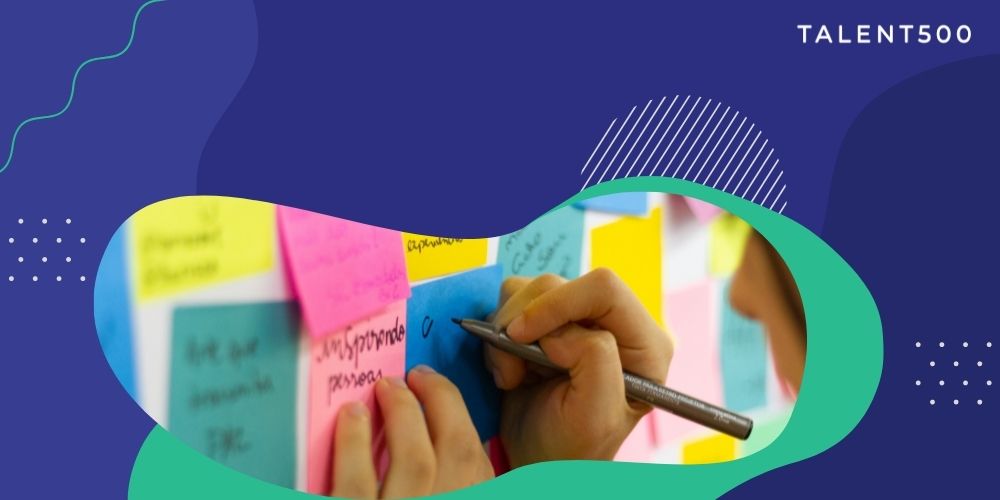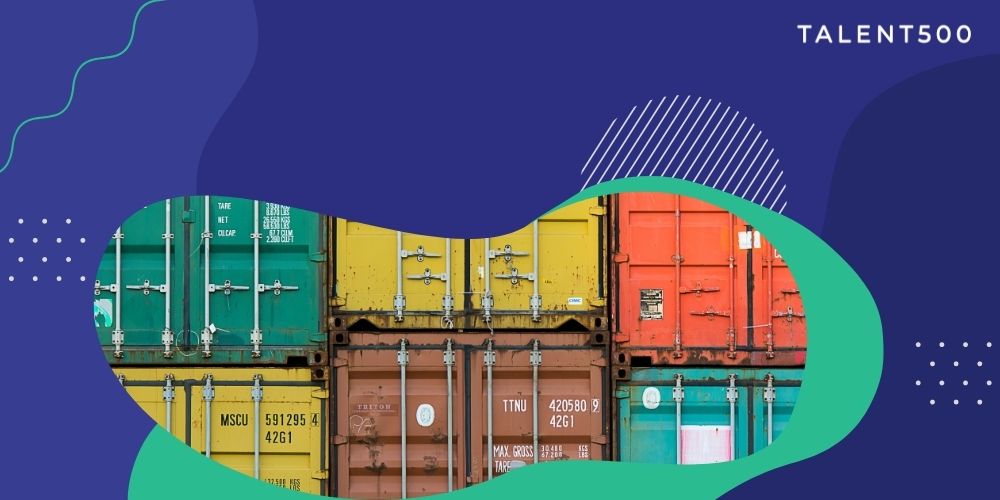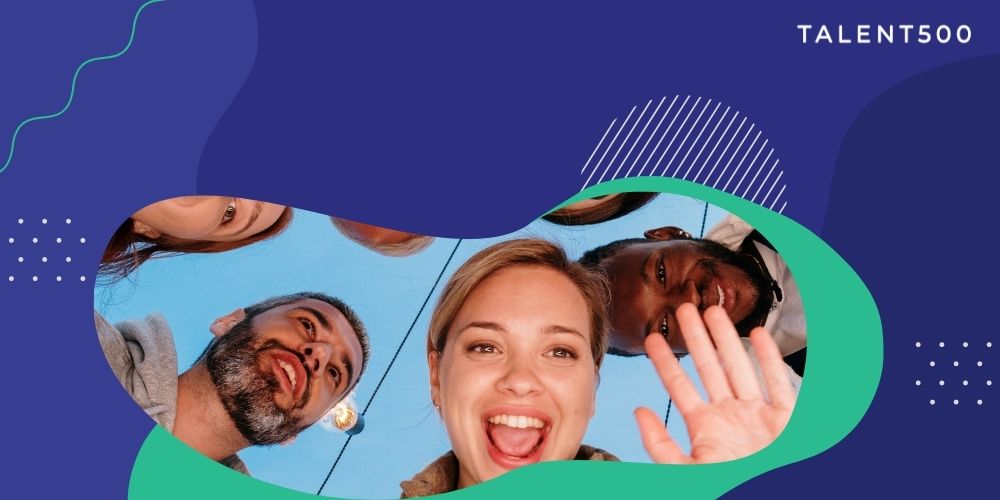Leading organizations realize that a strong employee experience focusing on collaboration, skill development, and productivity delivers a great customer experience. Employees are the key to business success, especially with regard to innovation and growth. Naturally, the workplace experience (WX) must be conducive to the overarching objectives, holistically combining technology, culture, and operations to drive sustainable value. In a 2020 survey, 79% of participants responded that a sense of belonging in the workplace was important for their organizations’ success. Interestingly, 93% also believed that a sense of belonging drives organizational performance.
So, a focus on bettering the WX is vital as it will ultimately improve engagement, boost productivity and benefit the customer experience. In fact, organizations focusing on employee experience outperform S&P’s 500 by 122%. On the other side of the same coin, WX for employees impacts all stages of the employee life cycle. This includes all the interactions with the organization starting from pre-recruitment to post-exit. As such, an engaging and enriching experience is key to influencing decisions, be it when applying for roles or choosing to stay when faced with an attractive offer.
It goes without saying that good WX not only attracts but also retains the best talent, while simultaneously improving business performance. To better understand how, read on.
How employee experience helps attract and retain talent
Data has found that a highly engaged workforce leads to 21% more profits. For one-third of the employees across the globe, it is the purpose and mission of their company that makes their job feel important. By improving employee experience, businesses have witnessed a 29% improvement in quality while reducing absenteeism by 51%. Naturally, engaged employees are easier to retain.
Further, millennial and gen-z employees actively seek out companies with the right culture. This aspect, along with the growth and training opportunities, is primarily highlighted through the employee experience initiatives in place. As such, for companies looking to attract the best talent, employee experience should be a priority.
The 7 stages of the employee lifecycle
Employees experience 7 critical lifecycle stages with any organization. Designing each stage and applying best practices throughout the process helps attract and retain the best talent, improve employee performance, and get ahead in competitive markets.
Here are the 7 stages of the employee lifecycle:
Attraction
A company’s value proposition plays a crucial role in highlighting positive WX and attracting top talent. Here, companies should showcase brand value through their values and vision. This aids decision making and those that stand out here will attract talent. Maintaining social media presence and monitoring your online reputation go a long way in attracting the best talent. For employees, it is the image of the company and the idea that ‘this is the best place to work at’ that is attractive.
Recruitment
What makes the hiring process meaningful is an optimized and intuitive experience. Companies must be clear about the criteria and processes, and should provide the necessary information to succeed. Similarly, a timely response is also key, irrespective of the decision. According to a Talent500 Talent Intelligence survey, 90% of professionals feel that 2-3 interview rounds should be enough for recruiters to make a decision.
Onboarding
The onboarding process is a crucial step for any entity. New recruits must be able to adjust to company culture and environment. Making the job description, company values, visions, and expectations clear in the induction phase helps build long-term engagement. Further, during onboarding, new employees learn about the necessary aspects required to function effectively. Naturally, companies should strive to ensure this part of the orientation is well optimized.
Engagement
Vanilla onboarding processes that let employees figure it out on their own is a recipe for disaster. Companies should keep open lines of communication and seek feedback actively to make better WX. Gaining and acting on feedback should be a continuous process to maintain good relationships and retain employees.
Development
Employees will actively participate in an organization’s progress if they see a future for themselves. An employee will consider switching jobs when growth stagnates or is limited. When discussing WX, this means developing personalized and flexible development paths for employees to foster long-term engagement.
Separation
Employee separation is a key part of the lifecycle and the overall WX strategy. Organizations can learn a lot from departing employees through exit interviews. Whether it is a faulty policy, a broken process, or a simple oversight, this communication is crucial to organizational development. Based on the insights shared, companies can prioritize what needs immediate remedial action.
Alumni
Maintaining communications or keeping in touch with ex-employees is good for business. Ex-employees do not always cut ties with their former organizations. Some may return in case of new job opportunities or may even become customers or vendors. This alumni-building process is part of the employee lifecycle and can benefit from standardized processes.
How to build an effective workplace experience strategy
By improving employee experience, companies create the optimal WX. Here are a few ways that have proven effective at building a robust WX strategy.
Communicate the company’s goals and vision
Employees align and perform better when they understand the strategic directions of their company and value its goals. Make the organizational vision clear across the board. This should be evident for the new candidates right from the start because being aware of the vision and objectives will help candidates and employees understand their role in achieving the objectives. This creates a positive, lasting experience.
Embrace diversity in the workplace
A company that has people from across different cultures and backgrounds attracts the best employees and has a lower turnover rate. The diverse nature of the team should be part of the employee branding to attract talent from diverse backgrounds. In fact, almost 67% of candidates consider diversity and inclusion in a company before considering the organization. Around 50% of employees feel their organizations should increase workplace diversity. Interestingly, diverse companies earn 2.3X higher cash flow per worker.
Reward workers
Recognizing the efforts of employees and rewarding them for their achievements can help build desired work behaviors and promote organizational values. Build an employee reward and recognition program that appreciates employees’ performance, and personal and career milestones. Include training management staff to implement good workplace experience strategies. The focus should be on converting each employee into an ambassador of the company and making them part of your recruitment process through referrals.
Form a collaborative workplace culture
Organizational success is a team effort where siloed success means little. In a workplace, there ought to be effective interactions and collaborations within and between teams. A company that enables such an environment makes its employees feel more comfortable, happy and valued. A competitive environment in a workplace can often lead to lower performance and a lack of collaboration. This could, in turn, reflect on the review boards and impact your employer brand.
Concentrate on employee wellbeing
The employees’ physical and mental well-being is important in reducing absenteeism and boosting productivity. Providing emotional support and helping them address the issues can showcase organizational values and imbibe trust. Isolation and feeling unvalued can affect an employee’s performance and work experience. Although a hike in pay and perks acts as motivators, special programs designed to increase and better communication are also greatly appreciated.
How outsourcing talent management helps improve WX
Outsourcing of global talent acquisition is the new norm for industry leaders worldwide. Fast-growing startups and Fortune 500 companies like H&M, Airbnb, Morgan Stanley, Uber, Careem, Walmart, Rakuten, Twitter, and Pepsico trust global talent management companies like Talent500 to manage and scale their global teams. In fact, almost 78% of companies around the world have positive opinions about their outsourcing partners. Outsourcing the recruitment and management of global talent helps provide an exceptional experience, be it during the attracting, hiring, or onboarding stages during the employee life cycle.
In the world of remote work and hybrid work environments, being able to hire global talent effectively is the need of the hour. Here, outsourcing hiring and talent management is the smart choice, especially if you partner with Talent500. Companies from more than 50 countries are leveraging the Talent500 platform, which offers a suite of services designed to optimize WX at every stage of the process. Schedule a consultation today to manage your global talent efficiently and achieve 60% higher recruiter productivity!









